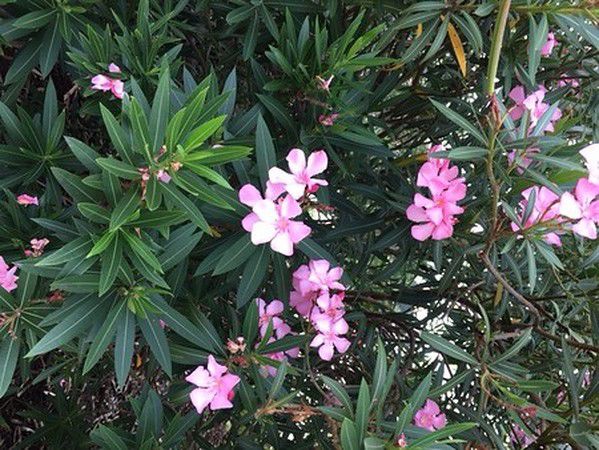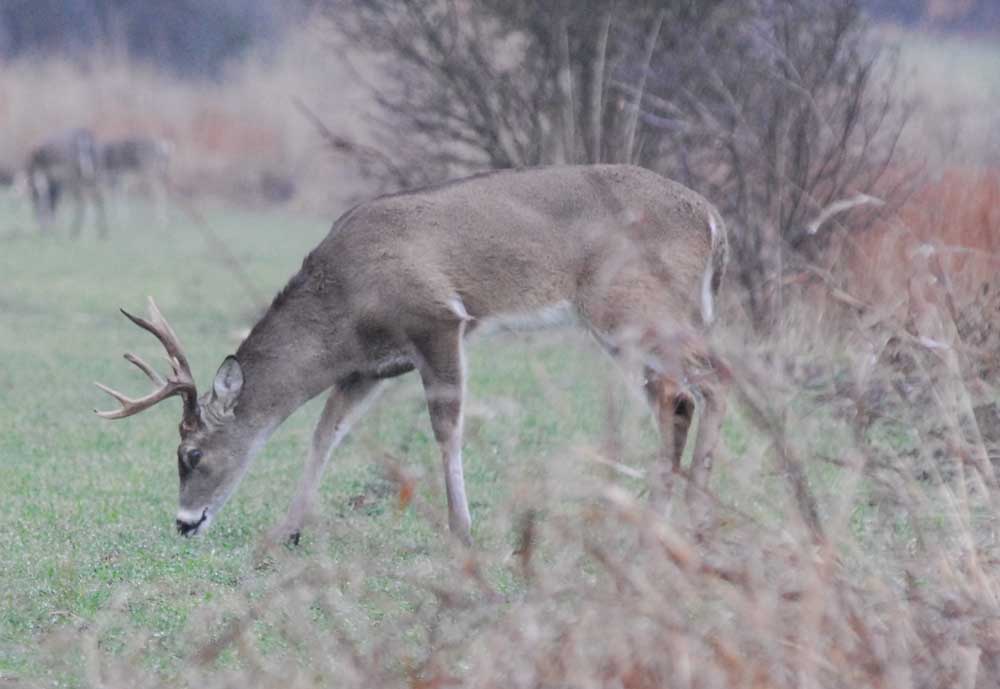Oleander is beautiful, but very toxic
Published 8:23 pm Friday, July 21, 2017

- COURTESY Oleanders are easy to care for, fast growing -- and toxic.
In 2002 a movie came out titled “White Oleander,” about a young Southern California girl’s experiences growing up in foster care after her mother is imprisoned for poisoning an ex-boyfriend with the plant. There are many kinds of poisonous plants: Some give you a rash like poison ivy, while some can cause mild indigestion like the berries from some hollies. But then there are the plants that can kill you.
The oleander (Nerium oleander) is an evergreen shrub or small tree that has long been prized by Southern gardeners for its showy, fragrant blooms in red, pink, yellow and white that are prolific from May through the first frost. Hardy in zones 8 through 10, oleanders are fast growing and easy to care for, which makes them an appealing landscape plant. However, (and isn’t there always a catch to stories about easy growing, beautiful plants?) all parts of this plant are highly toxic, and in some locations it is considered invasive.
Oleander plants contain several toxic elements, including cardiac glycosides and others. These are found in all parts of the oleander plant and are toxic whether the plant parts are dried or green. Ingestion of any part of the oleander plant can lead to serious illness and possibly death. Oleander sap also can cause skin irritations, severe eye inflammation and irritation, and allergic reactions characterized by dermatitis. There also have been reports of poisoning from inhaling smoke from a burning plant.
Ingesting oleander plant parts can result in symptoms ranging from moderate to severe or fatal. These include skin rash, blurred vision, diarrhea, nausea, stomach pain, vomiting, irregular or slowed heartbeat, weakness, dizziness, headache or fainting. If someone (or a pet) in your home has ingested oleander plant parts, it is vital that you seek immediate medical attention by contacting your local emergency services or by calling the National Poison Control Center at 1-800-222-1222. Do not try to treat poisoning symptoms at home and never induce vomiting unless instructed to do so by a medical professional.
That being said, there are positive uses for oleanders in the landscape. The toxicity of oleander renders it deer-resistant and its large size makes for a good windbreak – oleanders are being grown around the property of the Fresh store here in Tyler – and are frequently grown in highway medians. The plant is tolerant of poor soils, salt spray and sustained drought, although it will flower and grow more vigorously with regular water. If you don’t have any worries about children or pets chewing on the plant, and take proper precautions when handling it, there is no reason not to use it in your garden.






